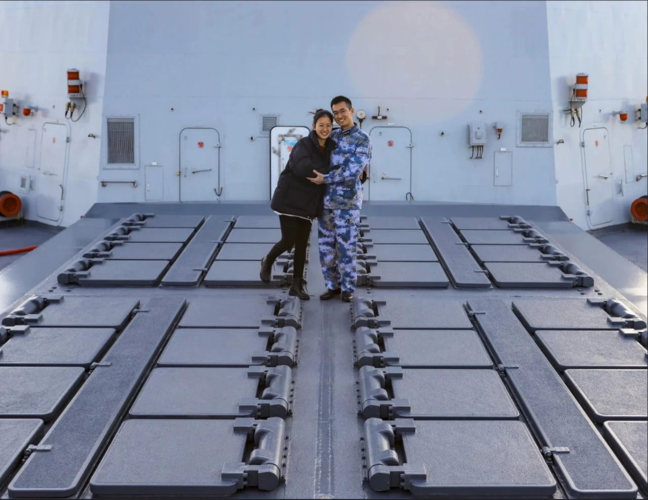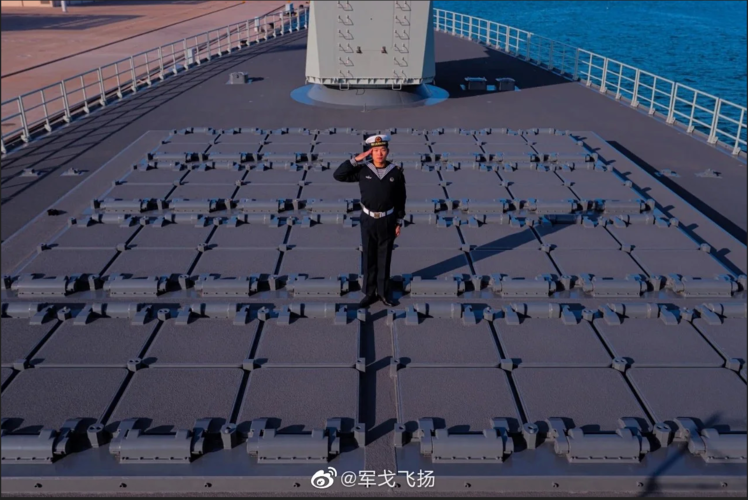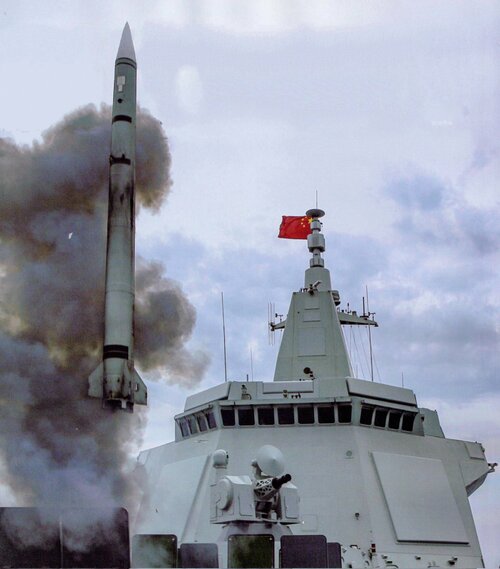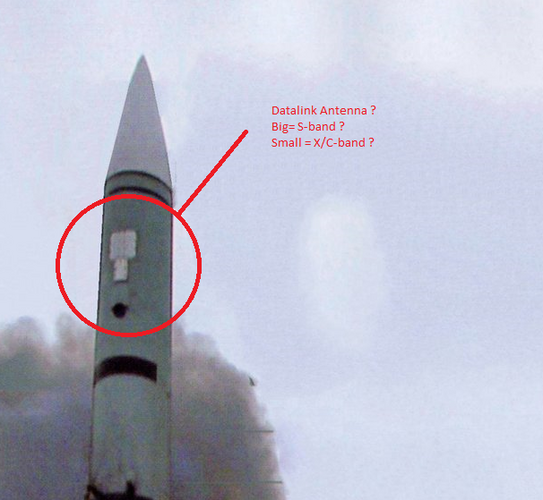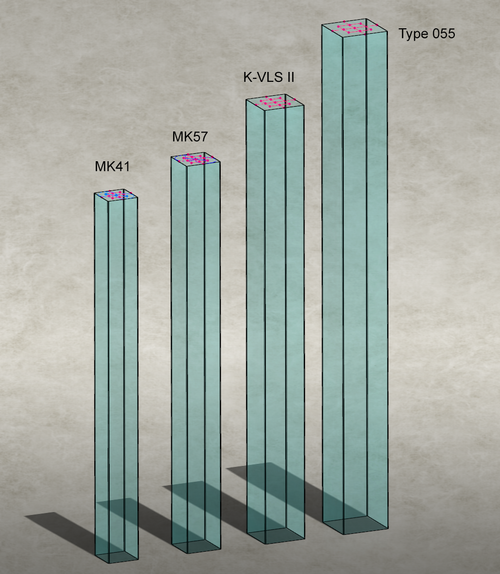- Joined
- 21 April 2009
- Messages
- 13,566
- Reaction score
- 7,193

Can China's 'Dreadnought' Tip the Naval Balance?
Beijing is dropping hints about its mysterious new warship.
Just over a decade ago, Western naval analysts (including this one) marveled over the PLAN’s new “Red Aegis” Type 052C destroyer, the first Chinese warship to wield both phased array radars and vertical launch systems (VLS). Today, an improved variant of that ship, Type 052D, is in serial production, predicted to run to between eight and twelve hulls. This Dragon Eye will not focus on that impressive vessel, but rather will peer into the future and look at the ominous “dreadnought” on the horizon, China’s Type 055 cruiser, which is currently in development.

